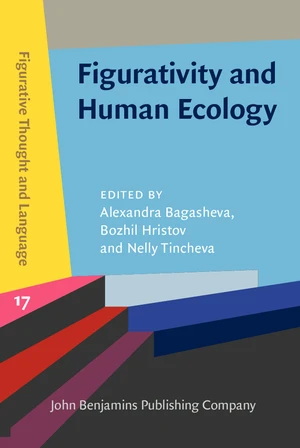This corpus-based proposal provides a fine-grained study of lexical blending in the English language in terms of cognitive modeling. Blending as a word-formation process has gained growing popularity in recent years either to fill certain lexical/conceptual gaps or simply to endow language with creativity. Blended words are defined as combinations of two or more lexemes, one of which at least has been clipped (Bauer, 2003; Plag, 2003). Researchers of different persuasions have addressed topics like the definition of blends, their status as part of prosodic morphology, their scaffolding, the recognizability of the source words making them up, their degree of entrenchment, their lack of morphological analyzability, their classification, and the meaning each of the source words contributes to the resulting blend (Adams, 1973; Algeo, 1977; Bauer, 2003; Kemmer, 2003; Plag, 2003). Our corpus of analysis has been retrieved from the online Cambridge Dictionary, consists of 715 lexical items, and covers a five-year time span, from 2016 to 2020. The analysis of our data reveals that the most productive word-formation process is compounding, followed by blending, which accounts for 27.83% of our data (199 coinages). We provide evidence of the regularity of blended words and of their principled nature by drawing on the latest developments in cognitive modeling (Peña & Ruiz de Mendoza, 2017; Ruiz de Mendoza, 2020; Ruiz de Mendoza & Galera, 2014). In this connection, we offer an in-depth study of parameterization (both metonymic and non-metonymic), generalization, contrast, resemblance, strengthening, expansion, and reduction as cognitive operations that play a fundamental role in the creation and construal of blended words.
Price history
Nov 16, 2022
€135.45

